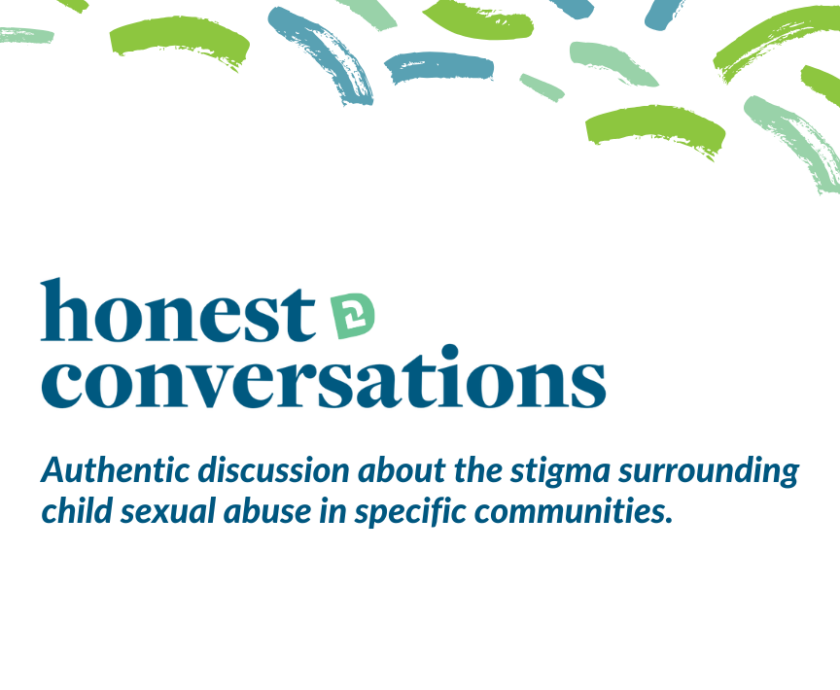Our team has created a deep-dive guide into the new workbook to support your journey as an Authorized Facilitator.
You might notice that the NEW Stewards of Children® workbook is very different than it was in the past. You will find that in the NEW Stewards of Children®, the instructions and activities are interactive with simplified text. You, as the Authorized Facilitator, model respect for all and are conscious of strategies that allow everyone to have a voice. You serve as a guide as your participants learn new skills to protect children.
Discussion Questions
In the two and a half hours you have with your participants, you can get through 55 minutes of discussion time (11 questions). That leaves 33 questions and additional scenarios for your participants to complete after the training as they continue to learn on their own. Many of the questions are reflective and have no “right or wrong” answers.
However, there are a few questions that you might feel more comfortable having the answers to. You will probably not get to them in training, but it is possible that someone from your training may reach out to you afterward and inquire about it or want more information.
Answers to the workbook questions not covered in the training
- Factors that Prevent Action (page 4): This question is repeated with solutions on page 30 of the workbook. The question is open-ended so participants can record your response and check page 30 for additional points.
- Matching the 5 Steps to the description, Question 5 (page 6). Answer Key: 4,1,3,2,5
- Key terms defined, Question 12 (page 9). Answer key: Mandated reporter, Code of conduct, Child sexual abuse, Trauma-informed, Grooming, Prevention-oriented community, Child sexual abuse materials, Child sex trafficking, Sexting. You will also find more definitions in our Living Glossary
- True/False, Question 13 (page 9).Answer key:F, T, T
- Environmental Scans of Floor Plans, Question 18 (page 14-15). General Information on Environmental Scans. Look for hidden and secluded spaces.Look for adequate windows in rooms and make sure there are no window coverings.Look for doors that can be locked.Look for lighting that is motion-activated.Make sure all areas are well-lit and that all lighting is functioning.Assess the inside and outside of the building.Ask the kids where the hiding spaces are located.Proper signage regarding accessing areas, who is allowed in certain areas, what spaces are locked at what times, etc., should be posted
- Environment #1 Gymnasium: The locker layout obscures sightlines. Storage areas should have locks.Offices are secluded. Windows are not well positioned.Add cameras to see who comes into the locker area. Maintain privacy in all other areas.
- Environment #2 Classroom Area: Water closets are isolated. All doors should have locks. Cameras do not provide complete coverage of hallways. The nook across from the water closet is secluded. Curved classrooms need additional windows. The administration area needs windows on all sides.Utilize curved mirrors to see obscured sightlines and hard-to-see areas.
- Environment #3 Playground: The equipment in the upper play area prevents views of children playing. There are multiple entrances to the playground. There are no gates. Trees and hedges create sightline obstructions. Add more seating for adults in the center of the playground. Add additional lighting to the center of the playground. Designate certain areas to be for certain ages. Keep children separated by age.
While the new workbook may seem different, it is important to note that it is more accessible for all participants and includes more applied learning. In addition the the QR Codes that link to amazing resources, your participants will also find samples of policies and documents that will help them create prevention-oriented communities!






